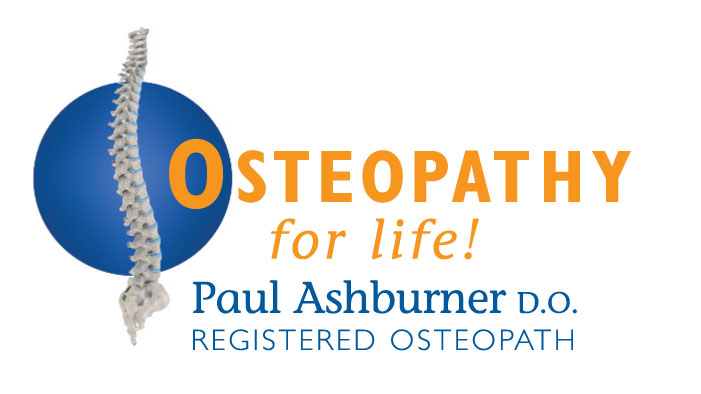
Health Articles
The Crucial Role of Head-Neck Alignment in Developing Postural Alignment from Birth to Adulthood
Head-neck alignment plays a pivotal role in the overall development of postural alignment, starting from infancy and continuing into adulthood. As an osteopath, I emphasize the importance of understanding and maintaining proper head-neck alignment to ensure healthy growth and development. This alignment is not only critical for musculoskeletal health but also for neurological function.
The Developmental Journey: Birth to Adulthood
From the moment of birth, the alignment of the head and neck sets the foundation for the body’s structural integrity. In infancy, the head is disproportionately large compared to the rest of the body, making its alignment crucial for proper development. As children grow, the relationship between the head and neck influences their posture and movement patterns.
Infancy: During this stage, babies develop neck strength and control through activities like tummy time, which helps to lift and align the head properly. This early development is crucial for the formation of cervical curvature, which supports the head’s weight and aids in the development of motor skills.
Childhood: As children begin to walk and engage in more complex activities, maintaining proper head-neck alignment becomes essential. This period involves rapid growth and significant postural changes. Ensuring that children adopt healthy postural habits during these formative years can prevent long-term issues.
Adolescence: During adolescence, growth spurts can lead to postural challenges. The alignment of the head and neck must adapt to the rapidly changing body. Poor habits, such as prolonged use of electronic devices, can lead to forward head posture, which affects overall spinal alignment.
Adulthood: By adulthood, the head-neck alignment established during earlier years becomes more fixed. Maintaining proper alignment continues to be important for preventing musculoskeletal and neurological issues.
Musculoskeletal Issues Arising from Poor Alignment
Improper head-neck alignment can lead to a range of musculoskeletal problems. These issues often begin subtly but can become chronic if not addressed early.
Cervical Strain: Poor alignment places excessive strain on the cervical spine, leading to neck pain and stiffness. This strain can radiate to the shoulders and upper back, causing discomfort and reducing the range of motion.
Postural Deformities: Forward head posture, a common consequence of poor alignment, can result in a hunched back and rounded shoulders. Over time, this can lead to conditions such as kyphosis and scoliosis, which further disrupt the body’s natural alignment.
Muscle Imbalances: Misalignment can cause certain muscles to become overactive while others weaken. This imbalance can lead to chronic pain and increase the risk of injuries. For example, overactive neck muscles can lead to tension headaches, while weakened core muscles can contribute to lower back pain.
Neurological Issues Linked to Poor Alignment
The alignment of the head and neck also significantly impacts the nervous system. Poor alignment can impede neurological function, leading to various health concerns.
Nerve Compression: Misalignment can compress nerves in the cervical spine, leading to conditions such as cervical radiculopathy. This compression can cause pain, tingling, and numbness in the arms and hands, affecting daily activities.
Reduced Brain Function: Poor posture can reduce blood flow to the brain, impacting cognitive functions such as concentration and memory. This is particularly concerning in children and adolescents, where optimal brain function is crucial for learning and development.
Autonomic Nervous System Dysregulation: The autonomic nervous system, which controls involuntary functions such as heart rate and digestion, can be affected by poor alignment. Misalignment can lead to symptoms such as dizziness, headaches, and digestive issues.
Conclusion
Maintaining proper head-neck alignment from birth through adulthood is vital for both musculoskeletal and neurological health. As an osteopath, I advocate for early intervention and continuous attention to postural habits. Educating parents and children about the importance of alignment, encouraging regular physical activity, and addressing postural issues promptly can foster healthy development and prevent long-term complications. By prioritising head-neck alignment, we lay the foundation for a healthier, more balanced life.
New to the Practice?
To book an Initial Consultation you should call on 01773 843 033 during office hours. Our friendly reception staff will be pleased to find a convenient appointment for you.
Existing Patients:
Book your next appointment online by clicking the button below:
Book your Appointment
Conditions patients often seek our help for:
Latest News
Latest Articles
Payment Methods
We accept payments by cash, bank transfer and credit/debit cards.


